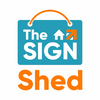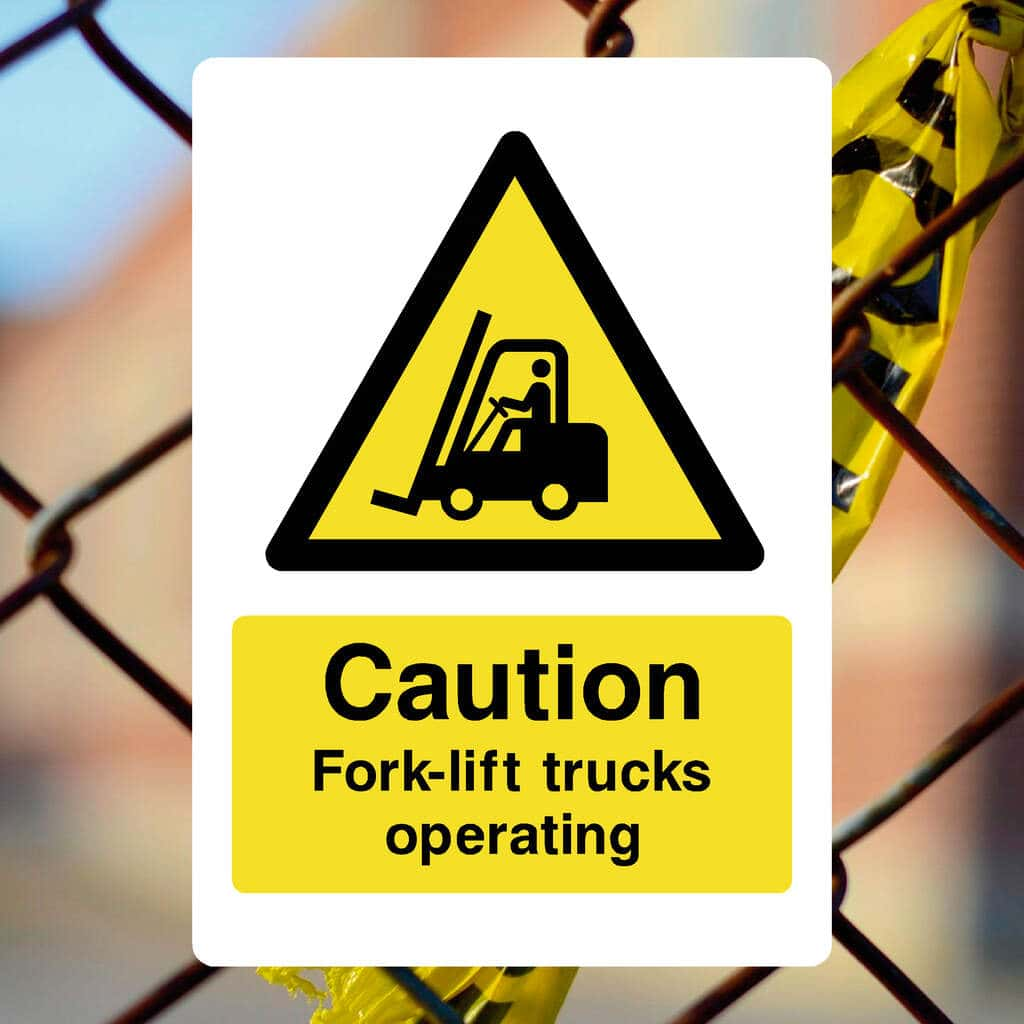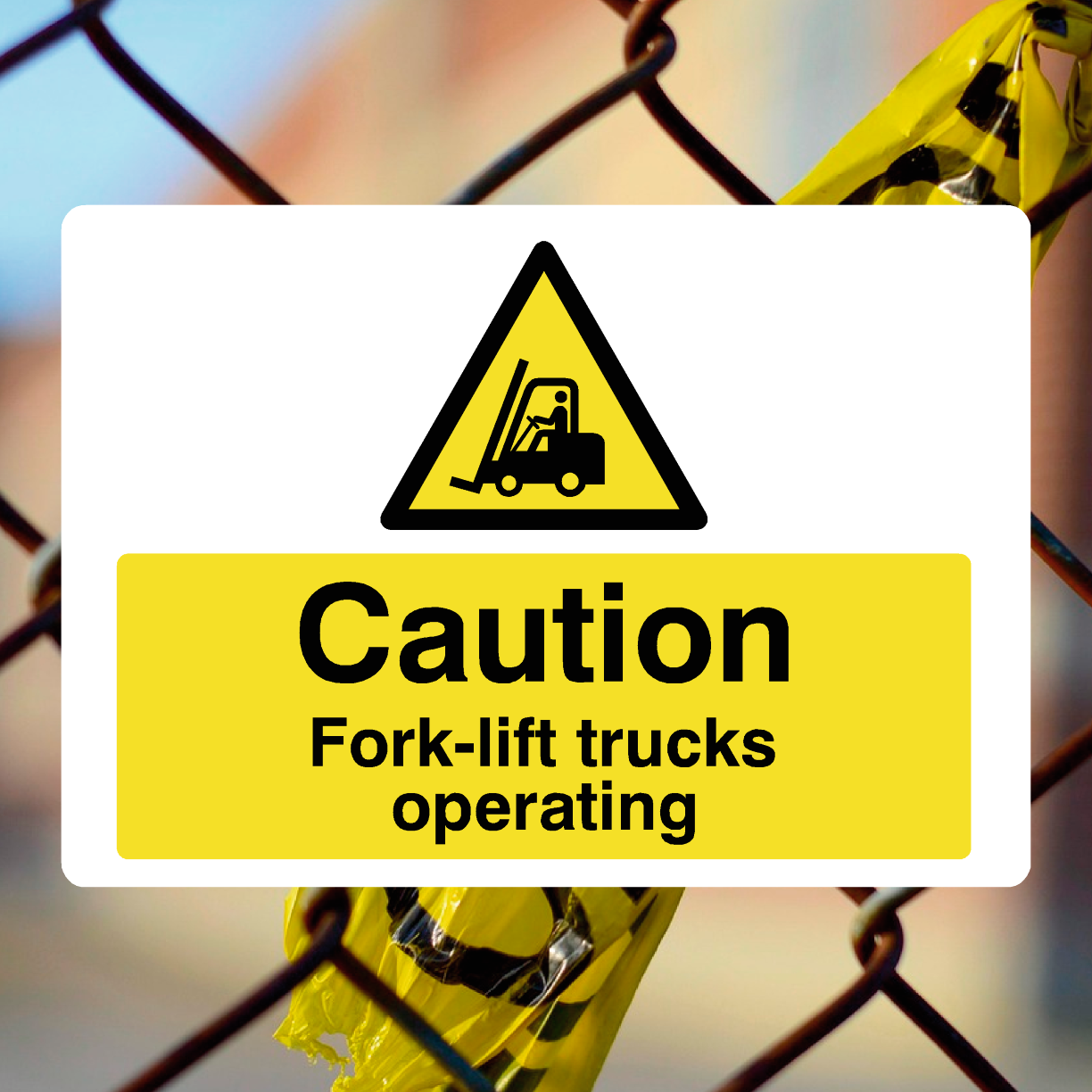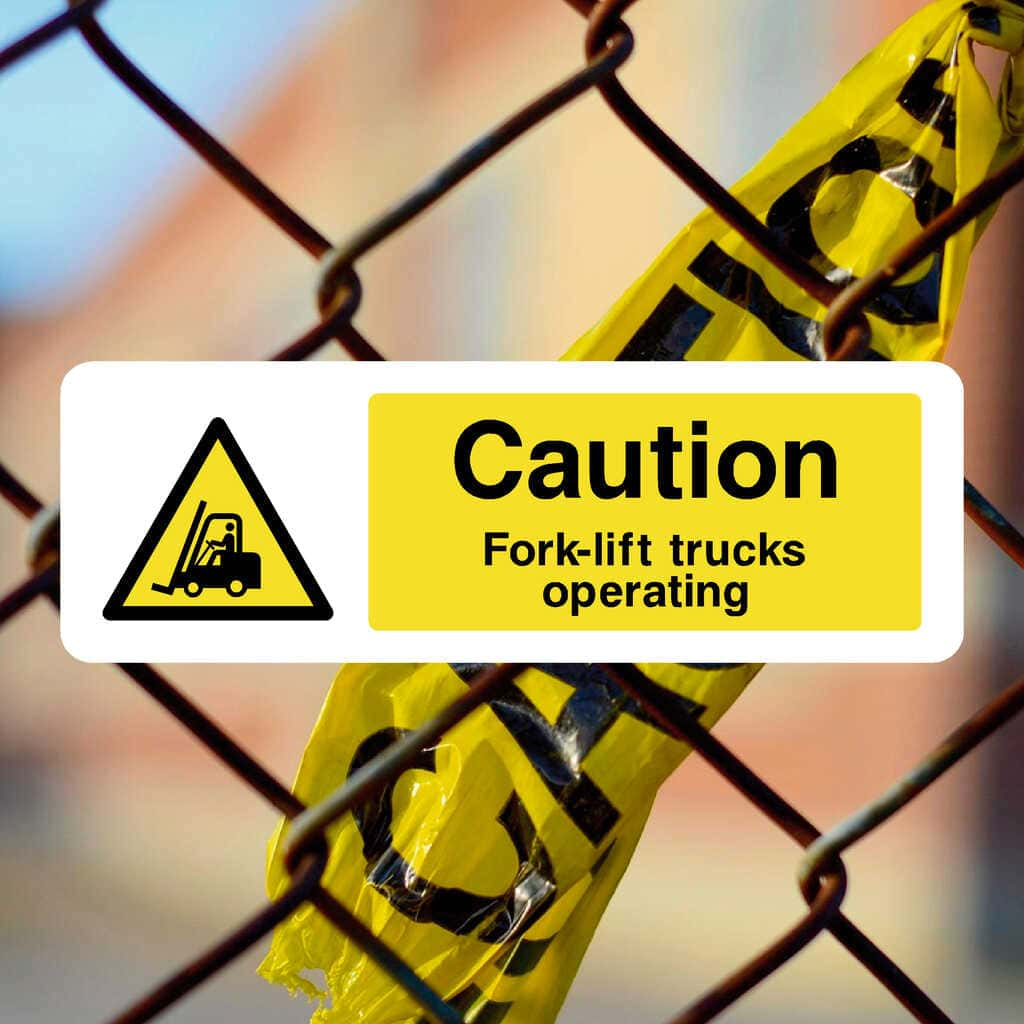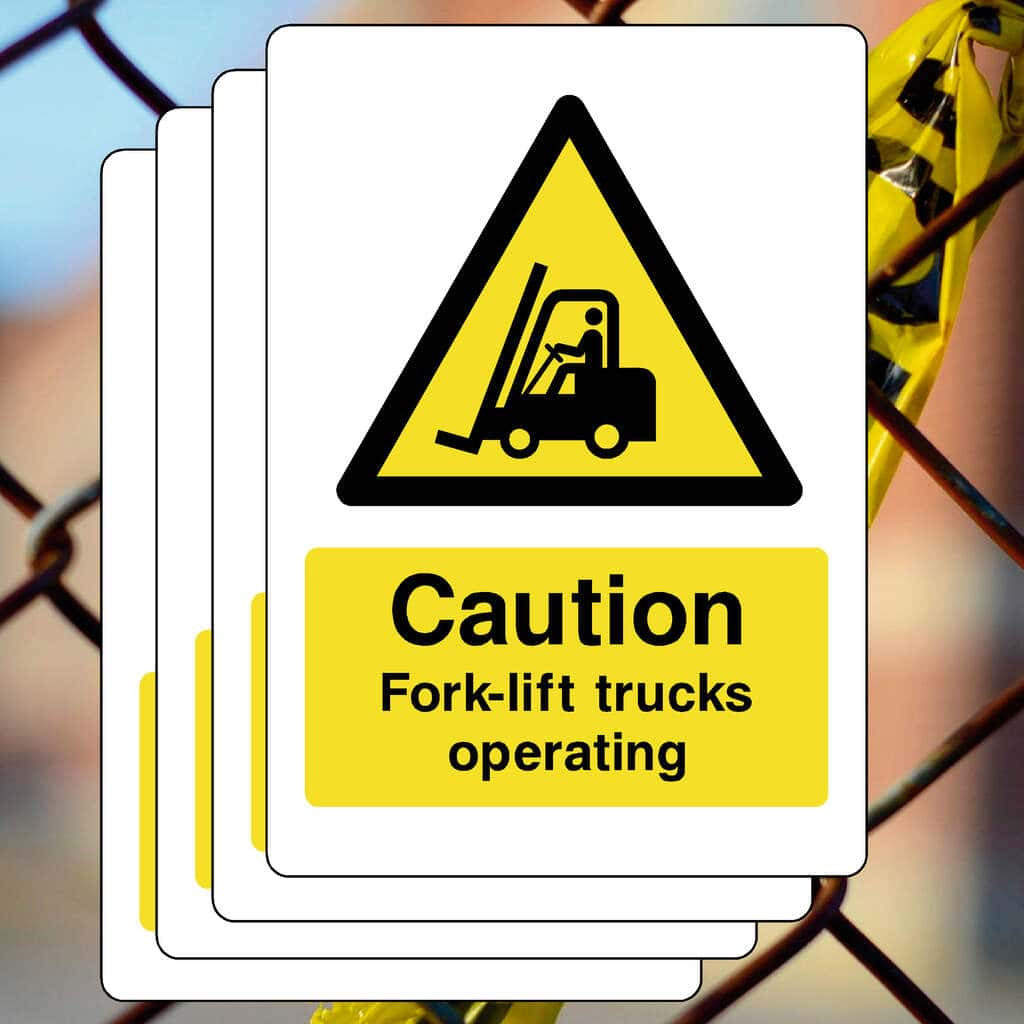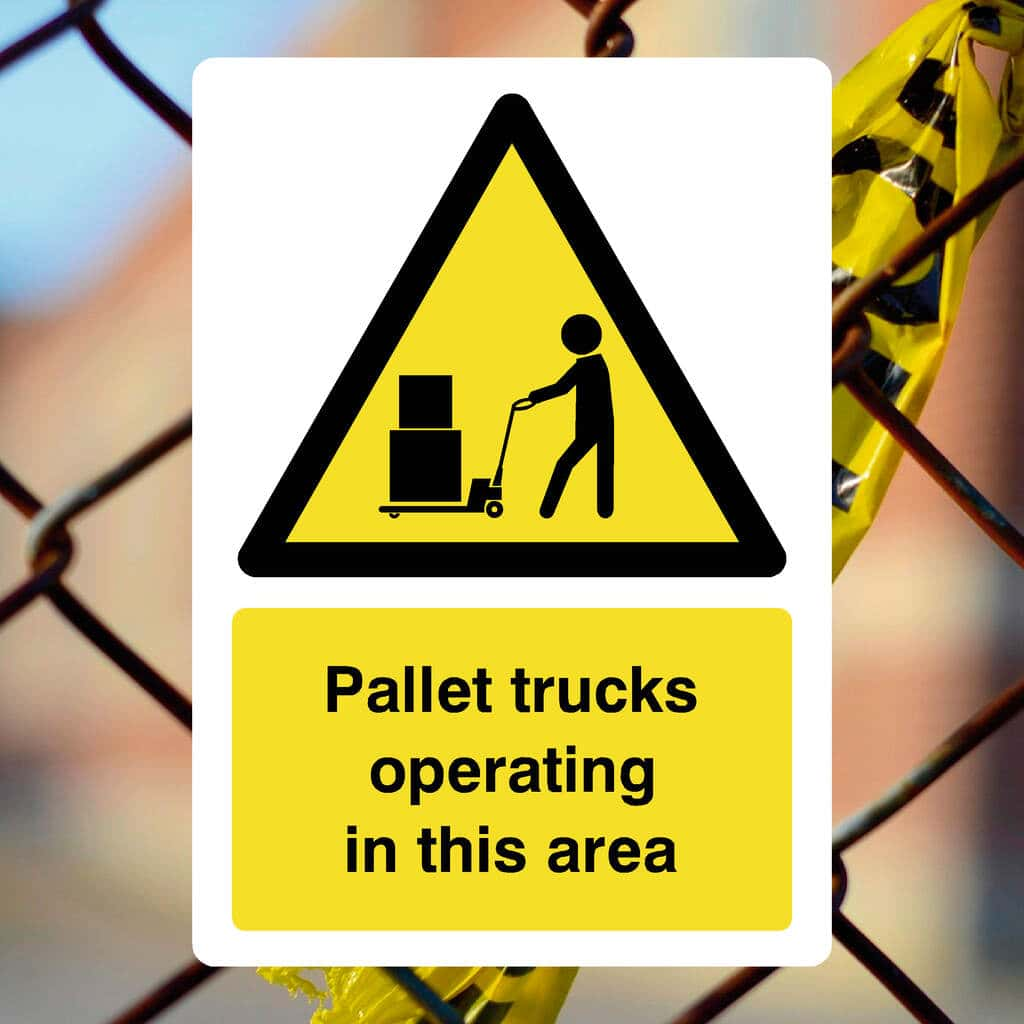Fork-Lift Warning Signs
Ensure workplace safety with our Fork‑Lift Warning Signs, fully compliant with HSE and BS EN ISO 7010 standards. Ideal for warehouses, loading bays, and pedestrian crossings, these high‑visibility, durable signs clearly alert employees and visitors to operating forklifts. Manufactured in the UK from recycled materials, available in vinyl, rigid plastic and aluminium, and built to last both indoors and outdoors. Promote safety, meet regulation, and reduce collisions.
Got a question?
Get quick solutions to your common warning sign-buying questions
-
General warning signs should be displayed in any area where there is a potential risk to health and safety. Common locations include workplaces, construction sites, warehouses, schools, public areas, and private properties. These signs alert employees, visitors, and the general public to hazards such as slippery surfaces, high-voltage equipment, or dangerous machinery.
-
Warning signs act as a visual reminder of potential dangers, prompting people to take necessary precautions. For example, a "Caution: Wet Floor" sign can prevent slips and falls, while a "Danger: High Voltage" sign ensures that workers avoid electrical hazards. By clearly identifying risks, these signs contribute to accident reduction and improved workplace safety.
-
General warning signs cover a wide range of hazards, including:Slips, trips, and falls – e.g., uneven surfaces, icy pathsElectrical hazards – e.g., live wires, high-voltage areasChemical risks – e.g., corrosive substances, toxic fumesMechanical dangers – e.g., moving machinery, forklift operationsEnvironmental hazards – e.g., deep water, unstable ground
-
Yes, under the Health and Safety (Safety Signs and Signals) Regulations 1996, employers are required to use safety signs where risks cannot be entirely avoided through other means. These regulations align with the Health and Safety at Work etc. Act 1974, which places a duty on employers to ensure a safe working environment.
-
What is the difference between warning, prohibition, and mandatory signs?Warning signs alert people to potential dangers (e.g., "Danger: Asbestos").Prohibition signs instruct people what not to do (e.g., "No Entry").Mandatory signs tell people what actions they must take (e.g., "Wear Safety Goggles").
-
In accordance with BS EN ISO 7010, general warning signs are:Triangular in shapeYellow background with a black pictogram and borderThis standard ensures that warning signs are easily recognisable across different workplaces and public spaces.
